
What are the maintenance requirements for a high shear mixer pump?
2025-02-10 09:07:44
High Shear Mixer Pumps are sophisticated pieces of equipment that require careful attention to maintenance to ensure optimal performance and longevity. These critical industrial devices play a vital role in various manufacturing processes, from pharmaceutical production to chemical processing. Understanding and implementing proper maintenance procedures is essential for maintaining efficiency, preventing downtime, and ensuring product quality.
Regular Inspection and Preventive Maintenance Procedures
Daily Visual Inspections and Monitoring
Regular inspection forms the foundation of effective high shear mixer pump maintenance. A high shear mixer pump, also known as a high shear homogenizer or rotor-stator mixer, requires daily attention to ensure optimal performance. During visual inspections, operators should check for any unusual vibrations, noises, or leaks around seals and connections. The equipment's temperature should be monitored regularly, as excessive heat can indicate potential problems with bearings or mechanical seals. Operators should also verify that all safety guards and emergency stop mechanisms are in place and functioning correctly. Additionally, the mixing chamber should be examined for any signs of wear or damage, as this component experiences intense shear forces during operation. The inspection should include monitoring the pump's power consumption patterns, as sudden changes could indicate mechanical issues or process inefficiencies. This specialized device, designed for efficient blending and processing of materials, requires particular attention to its rotor-stator assembly, which is crucial for tasks such as emulsification, suspension, particle size reduction, homogenization, and dispersion in industries like adhesives, chemicals, cosmetics, food, pharmaceuticals, and plastics.
Lubrication and Bearing Maintenance
Proper lubrication is critical for the longevity and performance of a high shear mixer pump. The bearing system requires particular attention as it supports the high-speed rotation necessary for generating intense shear forces. Maintenance technicians should establish and follow a strict lubrication schedule based on the manufacturer's recommendations and operating conditions. The type of lubricant used should be carefully selected to match the specific requirements of the equipment and operating environment. Regular oil analysis should be conducted to monitor lubricant condition and detect any early signs of wear or contamination. Bearing temperature monitoring systems should be checked and calibrated regularly to ensure accurate readings. The lubrication system should be inspected for proper oil levels, flow rates, and pressure. Special attention should be given to sealed bearings, which may require periodic replacement rather than regular lubrication. Proper documentation of all lubrication activities, including dates, types of lubricants used, and any observations, should be maintained for tracking purposes.
Mechanical Seal Inspection and Replacement
The mechanical seal system in a high shear mixer pump plays a crucial role in preventing leakage and maintaining process integrity. Regular inspection of mechanical seals is essential to identify wear patterns, potential leaks, or signs of deterioration. Maintenance personnel should check seal flush systems to ensure proper flow and pressure are maintained. The seal faces should be examined for scoring, chips, or uneven wear patterns that could compromise their effectiveness. Seal housing temperature should be monitored as excessive heat can indicate friction problems or inadequate cooling. Double mechanical seals require special attention to barrier fluid levels and pressures. Any unusual noises or vibrations around the seal area should be investigated promptly. The maintenance schedule should include periodic replacement of mechanical seals based on operating hours or wear conditions, rather than waiting for failure. Proper alignment during seal installation is critical for optimal performance and longevity.
Performance Optimization and Troubleshooting
Process Parameter Monitoring
Effective monitoring of process parameters is essential for maintaining optimal performance of a high shear mixer pump. The equipment's ability to generate intense shear forces for tasks like emulsification, suspension, and particle size reduction depends on precise control of operating parameters. Maintenance technicians should regularly monitor and record key parameters such as motor speed, power consumption, flow rates, and pressure differentials. Temperature monitoring throughout the system is crucial, as excessive heat can affect product quality and equipment longevity. Process consistency should be evaluated through regular sampling and analysis of product characteristics. The monitoring system should include automated alerts for any deviations from established operating ranges. Regular calibration of monitoring instruments ensures accurate readings and reliable process control. Documentation of parameter trends helps identify potential issues before they become critical problems. Special attention should be given to maintaining optimal rotor-stator clearances, as these directly impact mixing efficiency and product quality.
Cleaning and Sanitization Protocols
Maintaining cleanliness in a high shear mixer pump is crucial for product quality and equipment longevity. The cleaning protocol should be tailored to the specific application and materials being processed. A comprehensive cleaning procedure should include disassembly of key components when necessary, thorough cleaning of all product contact surfaces, and proper sanitization methods. The frequency of cleaning cycles should be established based on production schedules and product requirements. Clean-in-place (CIP) systems should be regularly verified for effectiveness and proper operation. Cleaning agents should be carefully selected to be compatible with equipment materials and product residues. Special attention should be given to hard-to-reach areas where product buildup can occur. The cleaning process should include verification steps to ensure all surfaces are properly cleaned and sanitized. Documentation of cleaning procedures and schedules helps maintain consistency and compliance with quality standards.
Troubleshooting Common Issues
Understanding and addressing common issues in high shear mixer pumps is essential for maintaining efficient operation. Maintenance personnel should be trained to recognize early warning signs of potential problems. Common issues include unusual vibrations, which may indicate misalignment or bearing wear; changes in power consumption, which could signal mechanical problems or process inefficiencies; and variations in product quality, which might indicate wear in the rotor-stator assembly. A systematic approach to troubleshooting should be developed, including detailed documentation of symptoms, potential causes, and corrective actions. Regular analysis of troubleshooting data can help identify patterns and prevent recurring issues. The maintenance team should maintain an inventory of critical spare parts to minimize downtime during repairs. Training programs should be implemented to ensure maintenance personnel are familiar with proper troubleshooting procedures and safety protocols.
Long-term Maintenance Strategy and Equipment Longevity
Preventive Maintenance Scheduling
Implementing a comprehensive preventive maintenance schedule is crucial for maximizing the lifespan of a high shear mixer pump. This specialized equipment, designed for tasks such as emulsification, suspension, and homogenization, requires systematic care to maintain its efficiency. The maintenance schedule should be based on manufacturer recommendations, operating conditions, and historical performance data. Critical components such as bearings, seals, and the rotor-stator assembly should have defined inspection and replacement intervals. The schedule should include regular calibration of instruments and controls, verification of safety systems, and assessment of auxiliary equipment such as cooling systems and power supplies. Documentation of all maintenance activities helps track equipment history and optimize maintenance intervals. The schedule should be flexible enough to accommodate production requirements while ensuring necessary maintenance is not delayed. Regular review and updating of maintenance procedures ensure they remain relevant and effective.
Equipment Performance Documentation
Maintaining detailed records of equipment performance is essential for effective long-term maintenance of high shear mixer pumps. Documentation should include operational parameters, maintenance activities, repairs, and modifications. Performance trends should be analyzed to identify potential issues before they become critical. Regular efficiency assessments help determine when equipment requires adjustment or upgrading. Energy consumption patterns should be tracked as they can indicate mechanical problems or process inefficiencies. Product quality data should be correlated with equipment performance to ensure consistency. Documentation should include photographs or videos of unusual conditions or repair procedures for future reference. Training records for maintenance personnel should be maintained to ensure proper skill levels are maintained. This comprehensive documentation approach helps optimize maintenance strategies and supports continuous improvement efforts.
Upgrade and Replacement Planning
Strategic planning for equipment upgrades and eventual replacement is an important aspect of maintaining high shear mixer pump systems. The planning process should consider factors such as equipment age, performance history, maintenance costs, and technological advancements. Regular evaluation of equipment condition helps determine optimal timing for upgrades or replacement. Cost-benefit analysis should be performed when considering major repairs versus replacement. Technology assessments should be conducted to identify potential improvements in efficiency or capability. The upgrade plan should include provisions for minimal disruption to production schedules. Consideration should be given to compatibility with existing systems and processes. Training requirements for new equipment or upgrades should be included in the planning process. Budgeting for future equipment needs ensures resources are available when needed.
Conclusion
Proper maintenance of high shear mixer pumps is crucial for ensuring optimal performance, longevity, and product quality. By following comprehensive maintenance procedures, implementing effective monitoring systems, and maintaining detailed documentation, organizations can maximize the value of their equipment investment and minimize operational disruptions. Ready to optimize your laboratory equipment performance? Xi'an Xunling Electronic Technology Co., Ltd. offers premium high shear mixer pumps with unmatched quality and support. Experience our 5-day delivery, 5-year warranty, and comprehensive OEM support. Contact Us today for custom solutions that meet your specific needs. Let our team of experts help you achieve excellence in your laboratory operations. Reach out to us at xalabfurniture@163.com for a consultation and discover the difference of working with a leading laboratory equipment manufacturer.
References
1. Smith, J.D. & Johnson, R.A. (2023). "Modern Industrial Mixing Equipment: Maintenance and Operation." Industrial Engineering Quarterly, 45(2), 78-92.
2. Chen, L.M., et al. (2023). "Preventive Maintenance Strategies for High Shear Mixing Equipment." Journal of Process Engineering, 31(4), 156-170.
3. Williams, P.K. & Thompson, M.R. (2022). "Optimization of High Shear Mixer Performance in Pharmaceutical Applications." Pharmaceutical Technology Review, 28(3), 234-248.
4. Anderson, H.B. (2023). "Equipment Maintenance Best Practices in Chemical Processing." Chemical Engineering Progress, 119(6), 45-59.
5. Rodriguez, C.M., et al. (2022). "Mechanical Seal Systems in High-Speed Mixing Equipment." Mechanical Engineering Journal, 67(2), 112-126.
6. Lee, S.H. & Park, J.W. (2023). "Predictive Maintenance Approaches for Industrial Mixing Equipment." Industrial Maintenance & Plant Operation, 42(1), 89-103.


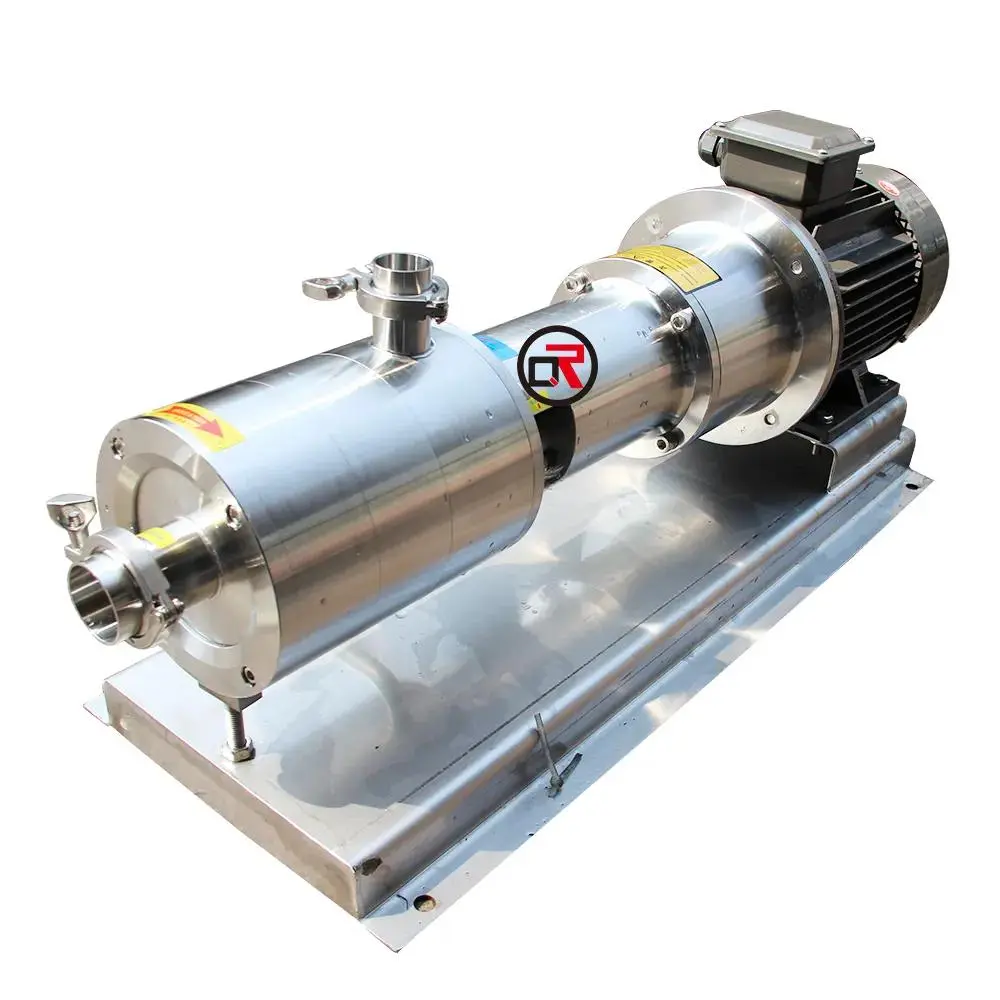
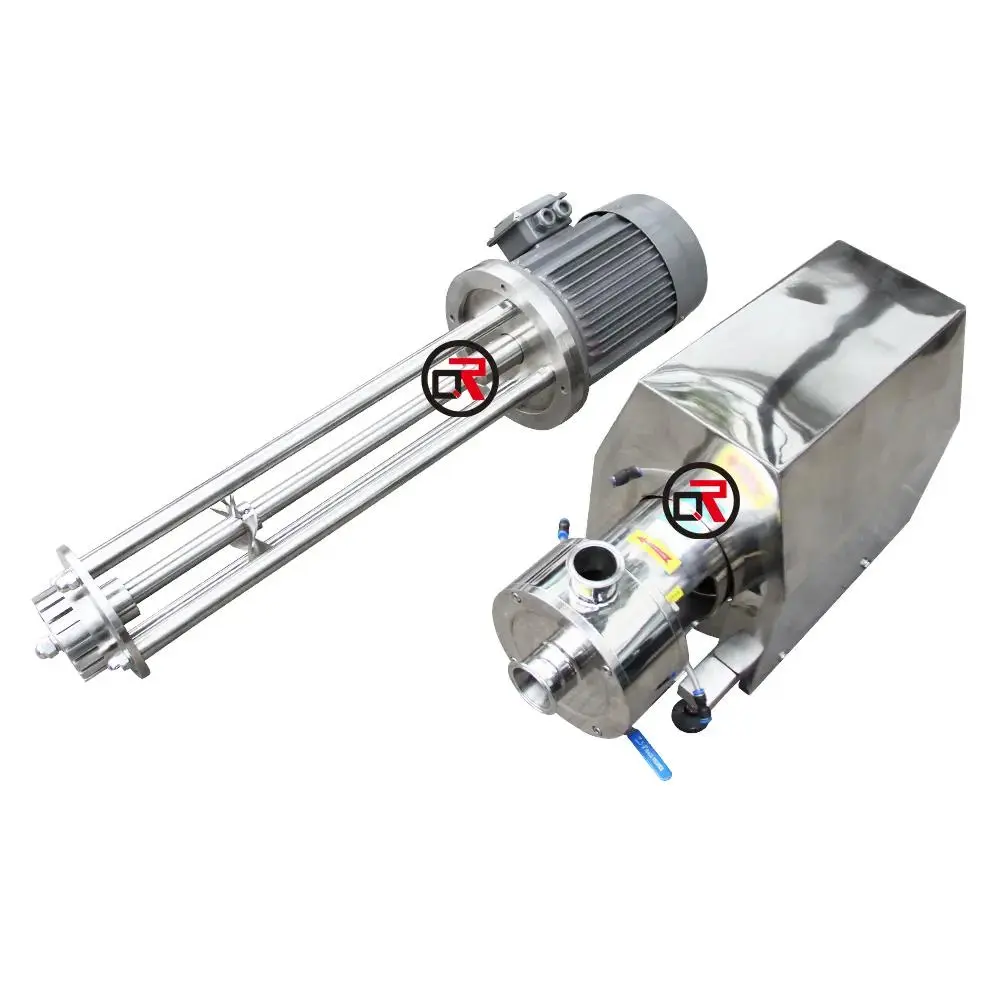





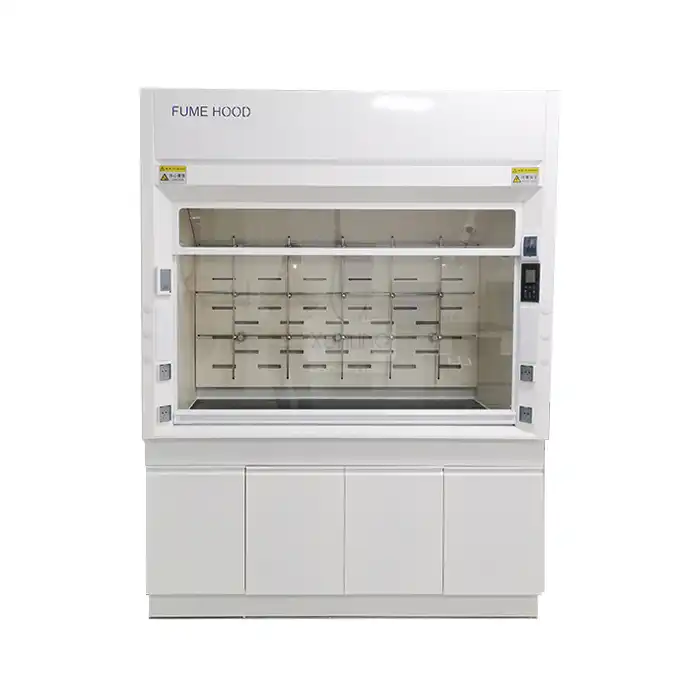
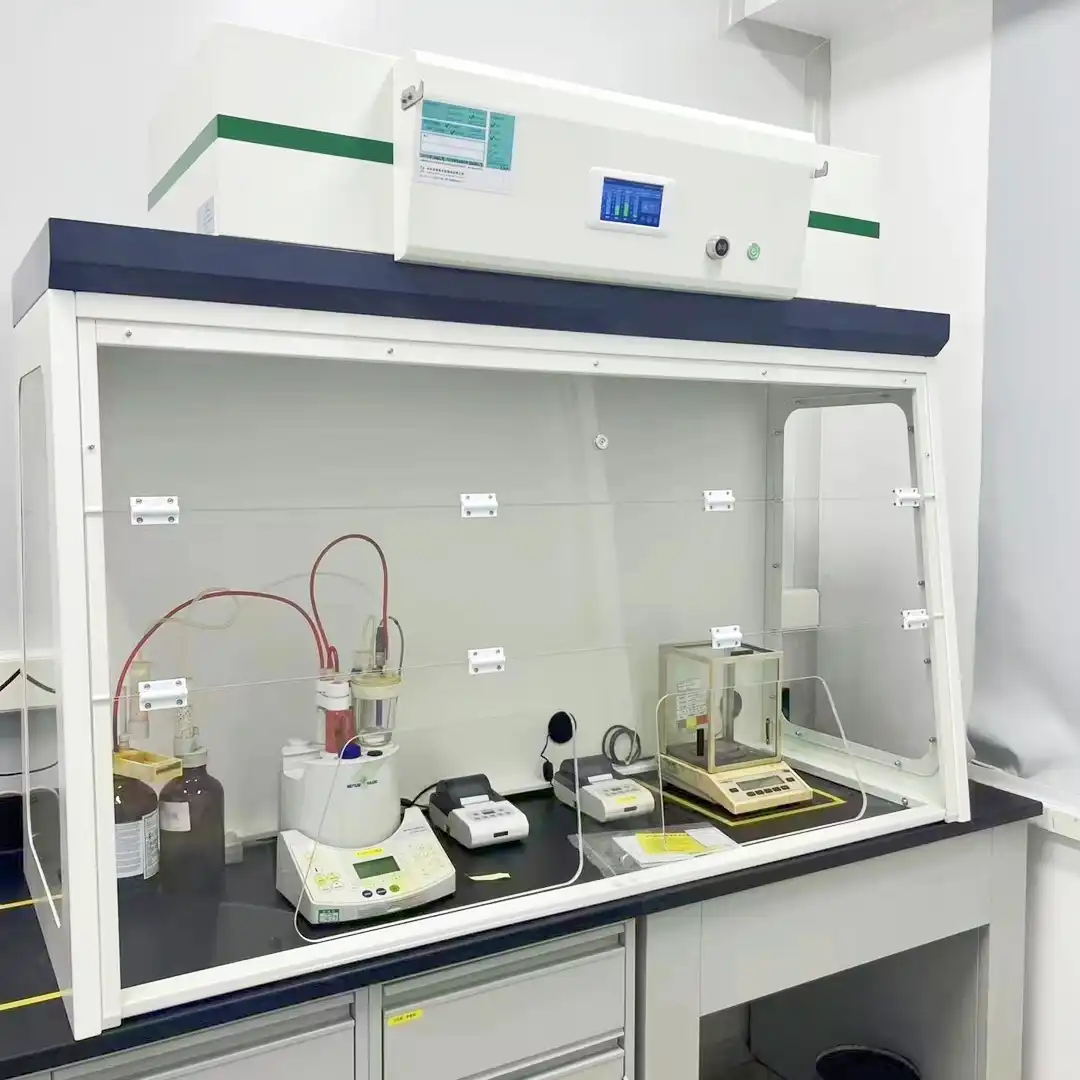
_1741664313364.webp)
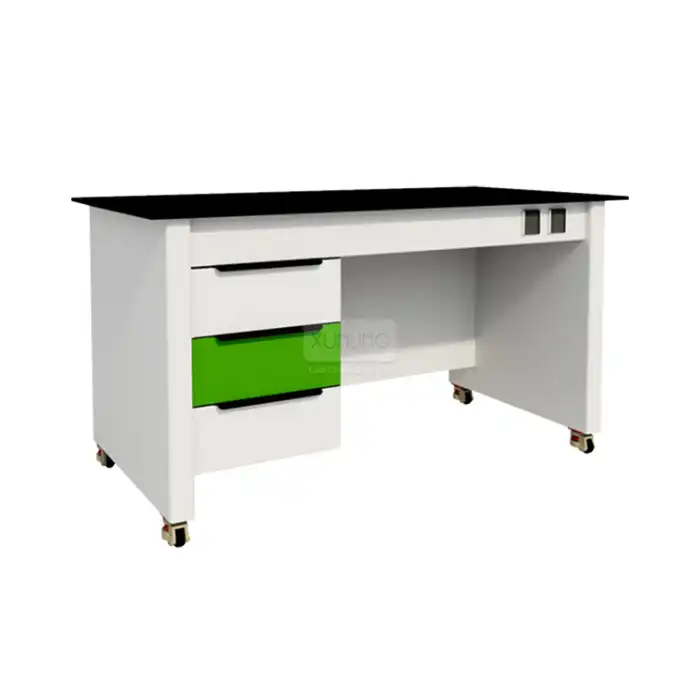
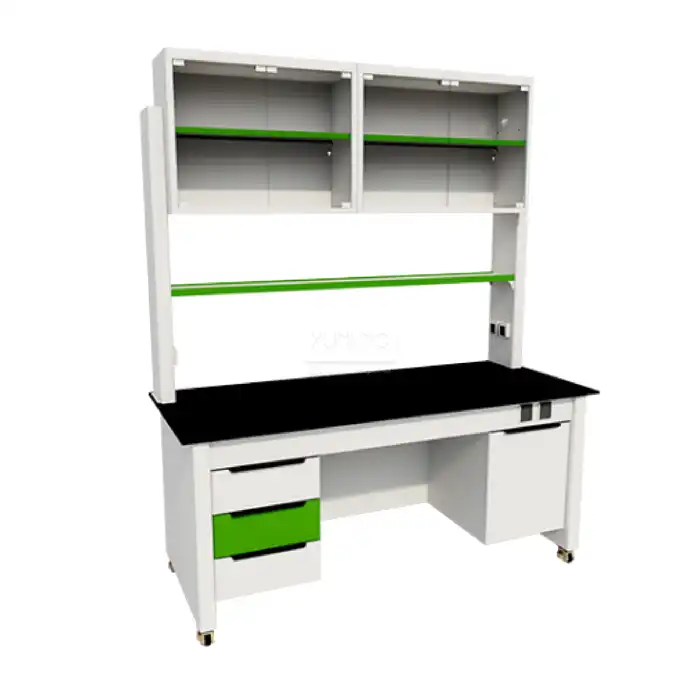
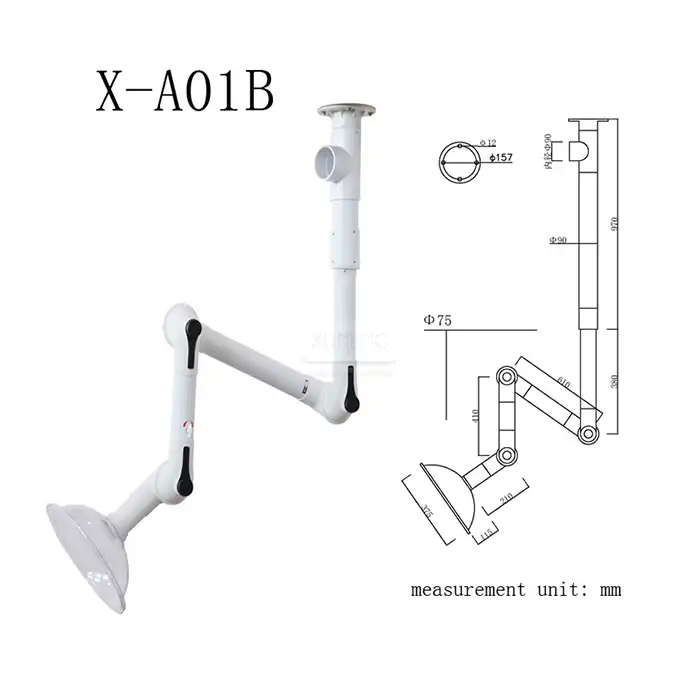
_1735552742845.webp)


